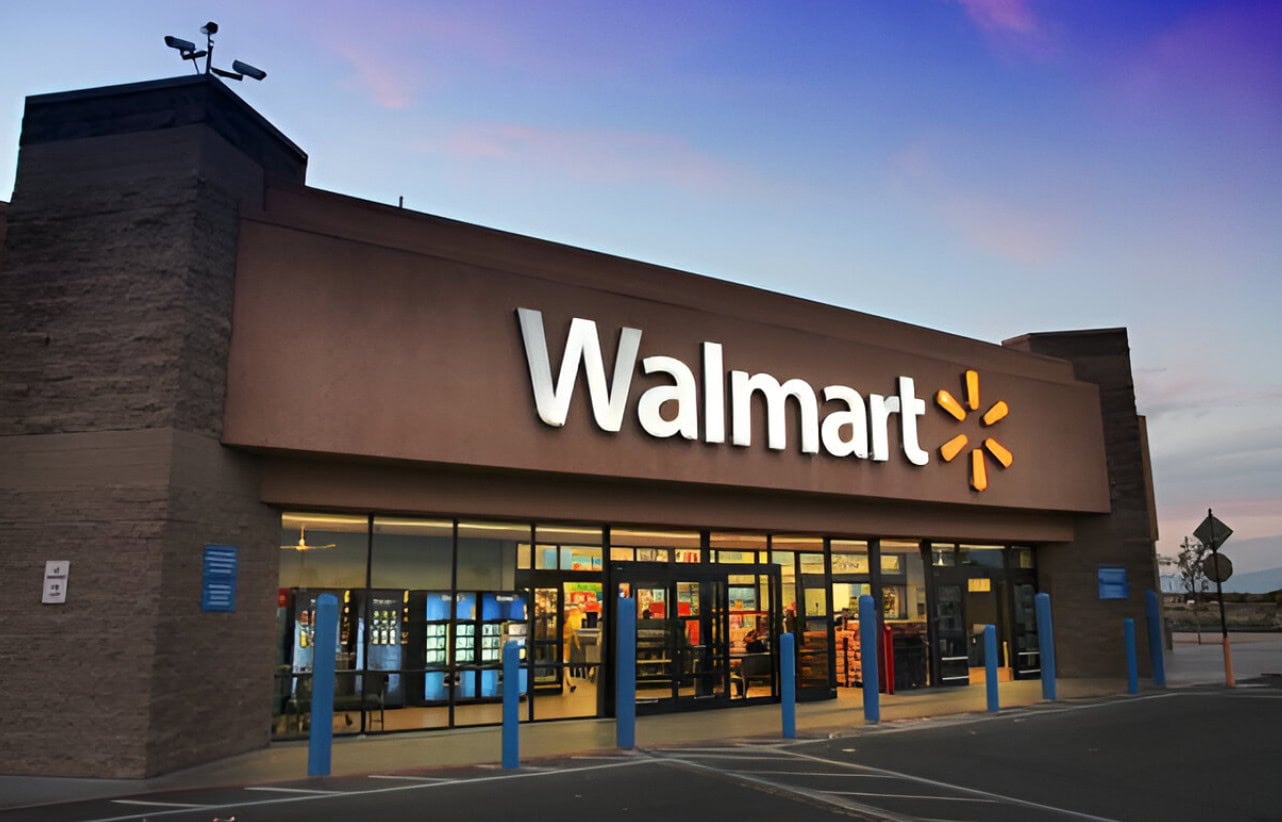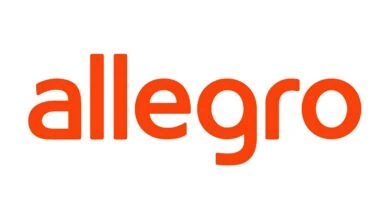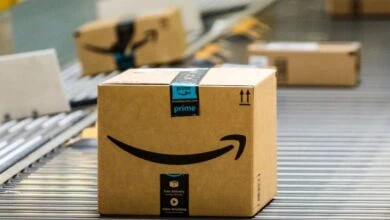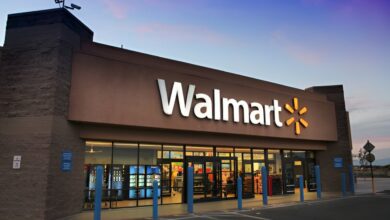New Walmart 2025 pricing and logistics strategy explained simply – Back to School and honeycomb maps
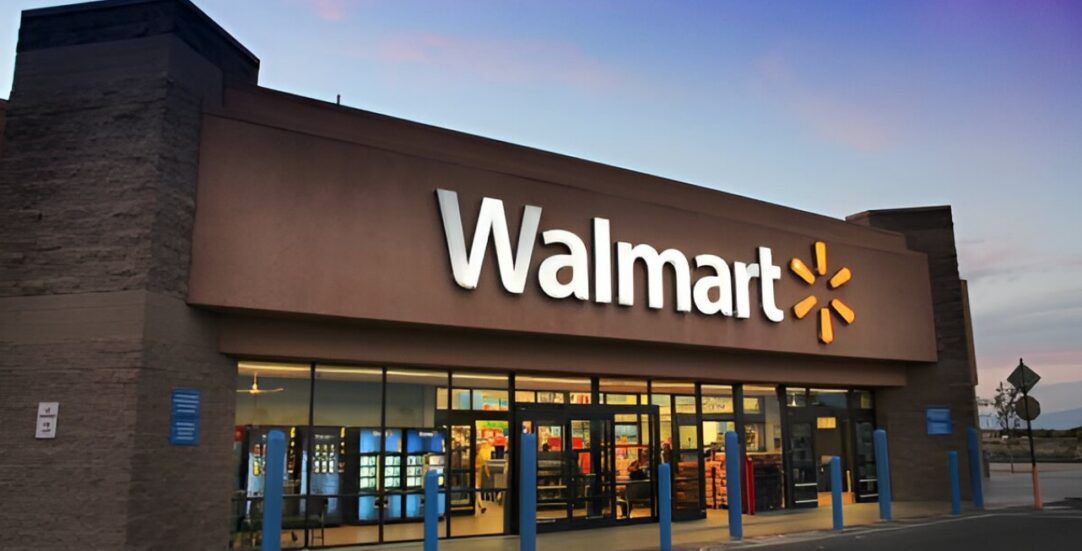
Walmart pricing and logistics strategy is all about two clear goals. First, help shoppers save money on the items they need. Second, get those items to homes as fast as possible. The company’s latest moves show both goals in action. On the logistics side, Walmart plans deliveries using hexagon-shaped map segments. This shift moves away from the old way of using ZIP codes or simple distance circles. On the pricing side, Walmart is cutting prices on key back-to-school supplies and using simple digital tools that help families shop faster. Together, these steps aim to make shopping easier when budgets are tight and time is short.
Walmart has a unique base to build on. It has about 4,700 stores across the United States, and most households live a short drive from one of them. In fact, Walmart says it is within a short drive of more than 90 percent of households. That store network matters because it lets Walmart place online orders close to where people live. The new map system then helps match each order with the best store for speed. Walmart says this approach can reach an extra 12 million households with same-day delivery. That is a big jump without building new supercenters.
The company’s back-to-school pricing plan supports the same promise of value. Walmart says 14 of the most popular school supplies are priced lower this season than last year. It also says a full set of first-day-of-school needs can total less than 65 dollars. Families can click one list and check out fast. Teachers get help too, with a new explore feature that makes it easier to find products for the classroom. All of this reflects how Walmart pricing and logistics strategy works as one system. Lower prices draw shoppers in. Faster delivery and simple tools keep the experience smooth.
Another point stands out. Walmart uses its own data and open-source software to plan the new delivery zones. That mix lets teams adjust delivery areas based on real demand and real travel time. Mapping experts note that hexagons are strong when movement paths matter. Think about a store that is a little farther away, but sits right off a major road. Even if the miles are more, the drive might be quicker. By fitting the map to how people and goods move, Walmart can get everyday items like eggs, bread, and milk to the door quickly. The plan is simple to explain and practical to use.
From ZIP codes to honeycomb maps – a faster path to the doorstep
Walmart’s move from ZIP codes to honeycomb-style maps may sound small, but it can make a major difference in delivery speed. Traditional delivery zones are often drawn as circles around a store or follow ZIP code lines. Those shapes are easy to understand, yet they do not reflect how people travel on roads. A circle does not show where highways speed things up or where a river might slow things down. Hexagon segments, sometimes called pixels, are different. They form a tight grid that covers a service area. This grid can be tuned to reflect real drive times and real demand. That means the shape of the zone follows how trucks and cars actually move.
Mapping experts explain why hexagons help. When your analysis includes connection points and paths, hexagons can capture those links more cleanly than squares or uneven ZIP code zones. In a city or town, one store might be slightly farther away than another, yet closer to a major roadway. In that case, the longer distance may not add much time at all. Walmart says its new segmentation helps it understand where customers are and which stores have what they want. With this insight, Walmart can match each order to a store that carries the item and sits on the fastest path to the home. The result is a dynamic catchment area rather than a fixed-mile radius.
The company’s engineering leaders have explained that this approach lets teams adapt to customer needs by shifting the service area over time. Walmart’s platform blends company data with open-source tools to build and update these zones. The focus is on speed and precision. Walmart also says these more precise maps expand same-day reach to an extra 12 million households in the United States. That kind of gain shows how much room there was to improve on static ZIP code borders. By breaking the map into smart pieces, the network behaves less like a set of separate stores and more like a connected grid.
These changes are not just about theory. They help with real baskets like eggs, bread, and milk that need to arrive fresh. Every minute counts when a family orders groceries for dinner or supplies before the first day of school. When routes align with roads and inventory in real time, fewer orders get bogged down. Fewer delays also help keep costs in check. In this way, the honeycomb approach supports Walmart pricing and logistics strategy. Faster routes reduce wasted miles. Less waste makes it easier to offer low prices. The map is the quiet engine that keeps the promise of speed and value.
Store network advantage – 4,700 locations and a dynamic reach
Walmart’s store network is a core edge that supports its delivery plans. With about 4,700 locations spread across the country, Walmart sits close to where people live. The company says it is within a short drive of more than 90 percent of households. That is a strong base for same-day service. Stores act like mini hubs for picking, packing, and sending orders. When you add the honeycomb map system on top, the network can flex. A delivery zone is no longer a simple circle. It shifts to match drive times and the items that a store has on hand. The net effect is faster service to more homes without building new supercenters.
Think about a suburban area with several stores that sit on different roads. A traditional plan might assign each home to the nearest store by distance. But distance can mislead. A home near a busy street with traffic lights may be closer in miles, yet slower in time. Another store next to a highway on-ramp might be a few miles farther, but much faster door to door. With hexagon pixels, the system can see those patterns clearly. It can also account for which store has the order in stock. If one store has the right notebook, markers, and folders for back-to-school, the system can choose it even if it is not the nearest by miles. Speed and item match come first.
That kind of matching matters for everyday basics too. Groceries like eggs, bread, and milk do not wait. Customers want a narrow delivery window and reliable arrival. With the hexagon map in place, routes can snap to the fastest roads and the best store for each basket. Walmart says these maps help reach an extra 12 million households with same-day service. This shows how a large network becomes even more useful when guided by smarter maps. The approach also supports Walmart pricing and logistics strategy by cutting time and waste from the last mile. When drivers spend less time on the road, costs fall, and service improves.
The idea extends beyond one day or one event. As seasons change, the mix of items changes too. Back-to-school needs give way to holiday lists and then to winter basics. A dynamic map can shift with that demand. Walmart uses its data and open-source software to draw and update zones as needed. The company can keep learning where customers are and which stores have what they want. Over time, that feedback loop helps the network serve even more homes more quickly. In short, the store footprint gives Walmart reach, and the honeycomb map gives it precision. Together, they form the base of Walmart pricing and logistics strategy.
Pricing moves for back-to-school – value that meets the moment
While delivery gets faster, Walmart is also pushing clear value for families heading into a new school year. The company says 14 of the most popular school supplies are lower in price this season than last year. It also says shoppers can buy everything needed for the first day of school for less than 65 dollars. That price signal is simple and easy to remember. It speaks to the many shoppers who are watching budgets closely. A recent report from Coresight Research expects back-to-school spending in the United States to rise by 3.3 percent year over year to 33.3 billion dollars. Even so, most people still feel pressure. The survey found that 68.8 percent of respondents said inflation will limit their spending, and 73 percent expect price increases caused by supply chain issues or tariffs.
To save time as well as money, Walmart has built a one-click school supplies list. More than half of customers surveyed said a single click would make back-to-school shopping easier. Walmart also brought back a one-click school lunch basket. It adds up to about two dollars per day for ten days. These simple tools reduce stress during a busy season. Parents can fill a cart fast and move on with their day. Teachers get help too. Walmart launched a new explore feature for its digital classroom registry. It helps teachers quickly find the products they need. This set of steps shows how pricing and logistics blend with digital tools to deliver a better experience.
Style also matters to students, and Walmart is leaning in with a new tween private label called Weekend Academy. Most items are under 15 dollars and many are under 10 dollars. A full outfit with shoes can cost around 42 dollars. This gives families more options that fit a plan and a budget. Students in higher education can also save on delivery perks. Walmart offers a Walmart plus membership for half off the regular price, at 49 dollars per year, for eligible students. This discount can make fast shipping and other benefits more affordable during the school year.
These actions fit within Walmart pricing and logistics strategy. Lower prices on key items draw demand. One-click lists speed up the shop. Fast delivery backed by a smart map brings the order home the same day for more people. Each piece supports the others. When time and money both matter, a simple plan that covers price, pick, and delivery can set the tone for the season. It is a practical way to help families and teachers prepare for day one without breaking the budget.
Digital tools that simplify shopping – lists, baskets, and registries
Behind every smooth back-to-school run, there are tools that make choices easier. Walmart has leaned into simple digital helpers that cut friction. The one-click school supplies list answers a clear wish. Many customers said that one click would make the job easier. By bundling the most common items into a ready list, Walmart reduces the time it takes to hunt for each product. The one-click school lunch basket does the same for meal planning. Priced at about two dollars per day over ten days, it gives parents a neat, low-cost plan to start the year.
Teachers also have a faster path with the explore feature on the digital classroom registry. This tool helps teachers discover products quickly. It lowers the work of sorting through long lists. With fewer steps and clearer choices, results come faster. That extra speed connects back to the delivery map as well. When orders enter the system in a tidy way, picking and packing can move quickly at the store. Then the honeycomb map can route the order along the best roads. The whole flow supports Walmart pricing and logistics strategy by saving minutes at each step and keeping costs in check.
The Weekend Academy private label for tweens adds more choice at known price points. Most items arrive under 15 dollars and many are under 10 dollars. A full outfit with shoes is around 42 dollars. When prices are clear and items are easy to find, shoppers can act with confidence. Add in the student offer for Walmart plus at 49 dollars per year, and the value story extends into delivery perks. These are not flashy moves, but they solve small, real problems in the path to purchase. That is often what wins trust during busy seasons.
All these tools show how digital and physical systems meet in one loop. The app or site helps the customer choose. The store network picks and packs. The honeycomb map plots the fastest route. The result is a quicker, simpler shop that still keeps prices low. This is the heart of Walmart pricing and logistics strategy during back-to-school. It is not one big change. It is many small, smart steps that line up for a better result. When shoppers feel that the plan works, they are more likely to return for the next season too.
Competitive landscape – how Walmart stacks up this season
Walmart is not alone in the rush to serve back-to-school shoppers. Target also leaned into value and promotions this season. Target ran a Circle Week savings event with a special focus on back-to-school products. It kept 2024 pricing on select school items and offered a one-time 20 percent storewide discount for teachers and students with an extended usage period. Teachers and students could also sign up for a one-year Target Circle 360 membership at half price, set at 49 dollars for the year. That event has now ended. These moves show that major retailers are responding to tight budgets and to the call for simple, well-priced options.
Against this backdrop, Walmart’s approach stands out for its mix of pricing, simple tools, and logistics detail. On price, Walmart says 14 popular school supplies are cheaper than last year, and a first-day set can come in under 65 dollars. On tools, it offers one-click lists for supplies and school lunches, plus an explore feature to help teachers find what they need. On logistics, it is using a honeycomb-style map to reach an extra 12 million households with same-day delivery. It also benefits from about 4,700 stores that sit within a short drive of more than 90 percent of households. This package supports Walmart pricing and logistics strategy with clear value and fast service.
The wider spending picture explains why these choices matter. Coresight Research expects back-to-school spending in the United States to grow by 3.3 percent from last year to 33.3 billion dollars. Still, most shoppers feel limits. Many expect inflation to press on budgets, and many also expect price increases linked to supply chain issues or tariffs. In that kind of environment, clear prices and fast, reliable delivery can make the difference. Small time savers like one-click lists and faster routes help reduce stress. They also help shoppers avoid extra trips and extra fees.
As the season progresses, the real test is simple. Do families and teachers get what they need at the prices they expect, and does it arrive on time. The honeycomb map, the store network, and the one-click tools are designed to say yes to those questions more often. In this way, Walmart pricing and logistics strategy is more than a plan on paper. It is a set of steps that respond to how people shop today. When value and speed work side by side, shoppers notice. That is the path to lasting trust as the school year begins and beyond.
